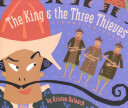
King Abbas apppears to get caught up in the schemes of three thieves but he has a few tricks of his own and ultimately saves his kingdom from starvation.

King Abbas apppears to get caught up in the schemes of three thieves but he has a few tricks of his own and ultimately saves his kingdom from starvation.
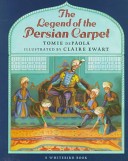
This book tells how the first Persian carpet was created to replace King Balash’s lost treasure.
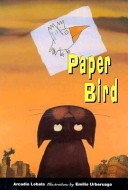
A drawing of a bird tries without success to learn to fly, until the artist completes his original design and makes flight possible for it.
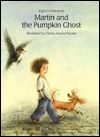
Martin is afraid of all sorts of things, until the Pumpkin Ghost from his dreams helps him face his fears.
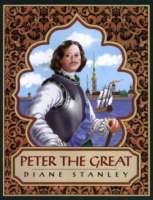
A biography of the tsar who began the transformation of Russia into a modern state in the late seventeenth-early eighteenth centuries.
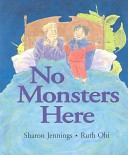
It’s bedtime. This little boy is ready to climb the stairs and say goodnight. But father isn’t ready at all. He’s afraid of monsters; he doesn’t want to be left alone downstairs.
This brave lad knows how to handle Father. He’ll patiently lead his parent through the bedtime routine. Naturally the boy won’t mind looking in the closet, behind the drapes and everywhere in between if it will make his anxious father feel better. The boy will cheerfully hop into bed for a bedtime story. And he’ll say, after a final hug, “I’ll hear you if you need me in the night.” Father should feel much better now. But what’s going to happen when he has to go downstairs alone?
Maybe there are monsters in the house after all. But can you guess what they are really after? A reassuring story for confident children and timid parents everywhere.
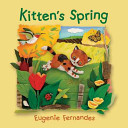
This beautifully illustrated picture book — a fantastic read-aloud — introduces toddlers to animals and the sounds they make.
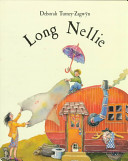
When Jeremy finds a stray kitten, he is determined to find a home for it with Long Nellie, an eccentric scavenger who lives all by herself in an old trailer.
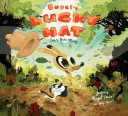
Bagel has lost his lucky hat! His friend Becky helps him retrace his steps, but the story he tells her of the day’s adventures laughing fishes? a mad scientist? a space-traveling robot? is far too silly to be believed. Or is it? Coupled with zany illustrations by underground comic book artist Dave Cooper, this whimsical tale is sure to be a favorite for any kid whose imagination sometimes runs wild.
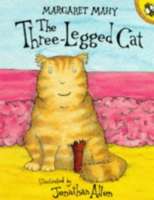
A fortuitous mistake brings happiness to nearsighted Mrs. Gimble who wishes her cat didn’t eat so much, her cat Tom who dreams of roaming the wide world, and Mrs. Gimble’s drifter brother who wants to keep his head warm.